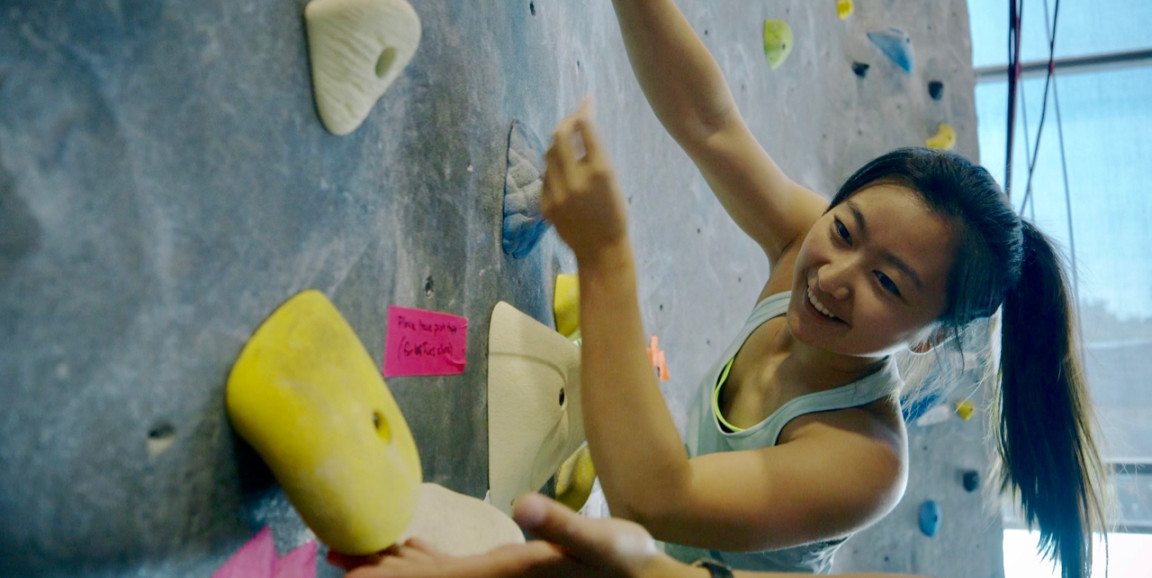There are not many excuses for a science writer to go rock climbing while reporting a story, but as someone who occasionally likes to hang precariously off rock walls in the gym or on the side of a mountain, I would usually jump at the chance.
Unfortunately, I had not had any such occasion until this past summer, when I was strolling through the psychology offices in Jordan Hall and came across a flyer for something called "Vertical Neuroscience," which, the flyer informed me, was a summer session class where Dan Birman, PhD, then a graduate student in psychology, and Corey Fernandez, a graduate student in the Neurosciences PhD Program, would teach students both how to climb rock and how the brain works.
Having had personal -- albeit very separate -- interests in both subjects, I had to know more. Also I needed a story. It was kind of a slow day.
Birman's office turned out to be just a few doors from where I found the flyer, so I stopped by and quickly learned that the point of the class was to teach neuroscience through climbing -- because, Birman explained, there was hardly a better way to do it.
To learn climbing you have to learn how to move a certain way, engaging both the brain's motor, or motion controlling, cortex as well as its learning centers. There was also the matter of fear -- climbing's inherent risk, it turns out, is a nice way to demonstrate how some primal forces can completely short circuit both one's ability to learn and, in some cases, one's ability to move. The class would combine classroom sessions that delved into the neuroscience as well as rock climbing sessions that would illustrate the classroom material.
My reporting for the story that followed -- and a related video above -- led me to take not one but two trips the climbing gym at the Arrillaga Outdoor Education and Recreation Center, a shortish walk from my office. There, I got to see firsthand some of the things the students were learning, including both climbing techniques and demonstrations, using special video tracking software, that showed how their climbing movements had changed over time.
I might have gone climbing, too. I did it for the story, I swear.
Video and images by Kurt Hickman




